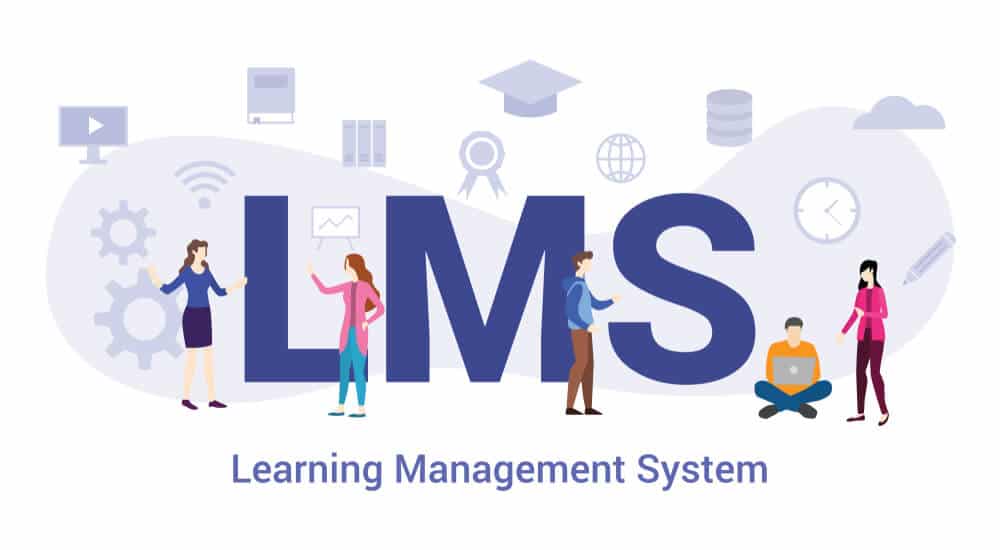The Coronavirus outbreak has stagnated the growth of every economy around the globe. However, it has been a source of a great upsurge in the eLearning industry. While lockdowns and social distancing norms have forced businesses and educational institutions to go digital, the demand for learning management systems has touched the roof. Organizations are actively seeking eLearning tools that best meet their employee training and learning requirements. But achieving this will not be as simple as it sounds.
The market is filled with thousands of options that provide specialized solutions for different sets of problems. Therefore, it is important that you gain complete market knowledge before making any decision.
To help ease up this research, here is a detailed list of different types of LMS that are generally available in the market.
1. SaaS or Cloud-based LMS
SaaS stands for software as a service and a SaaS LMS can be defined as a cloud-based learning management system that is hosted online instead of being installed on any device. For example, Inquisiq R4. In other words, it is a service that allows organizations to use the LMS “on demand” without having to spend heavily on IT infrastructure. Such learning management systems are hosted by the vendor on the web and users can access it from anywhere anytime, as long as they are connected to the internet. Generally, such LMS is compatible with all kinds of devices like PC, laptops, desktops, smartphones, tablets, etc. This makes learning easier for your employees as they can access the content even while traveling. In addition to this, it also provides your instructors or administrators with great ease in uploading courses, creating learning paths, and integrating other web-based tools with the existing content.
In short, Saas Or Cloud-based LMS is a low-cost solution for small and medium-sized businesses that do not wish to invest heavily in setting up the IT infrastructure.
2. Self-Hosted LMS
A self-hosted LMS is in a way the opposite of a cloud-based LMS. While the latter requires you to access the LMS without having to install it on any device, a self-hosted LMS needs to be installed on your organization’s internal systems. It involves a one-time purchase. This means that once you buy the license to use the LMS, you can use it perpetually by paying an annual fee. Such learning management systems are more customizable as the entire control of content creation, deliverance, maintenance, etc lies solely in the hands of the user company. This makes it an appropriate choice for organizations that want to share sensitive data or course material with their employees. However, the major drawback of using a self-hosted LMS is its lengthy setup process. It can take you many hours, weeks or even months to install the LMS and make it accessible to your employees. This can cause huge expenses in terms of time, money, and effort if you do not have a dedicated IT team available on demand.
3. Proprietary LMS
In simple words, a proprietary LMS is an LMS that needs you to pay licensing fees before using it. Now, it can be charged annually, monthly, or on whatever basis the vendor and user company mutually decide. In addition to this, the vendors do not disclose the source code to you which means you cannot directly customize the learning management system. For all additional upgrades or plug-ins that you may need later, you will be required to pay additional charges. The migration process from one service provider to another also becomes extra lengthy and complex with proprietary LMS.
4. Open-source LMS
An open-source LMS is a type of LMS that allows every user to access the source code and make changes in the software. It offers free accessibility to all users with complete freedom to customize their learning platform. It also allows users to redistribute the software without any royalty cost.
Since the open-source model allows any developer to contribute to the source code, companies that utilize the software will be able to tap into their aggregate skills and experience.
Conclusion
Every model has its own pros and cons. Therefore, you should compare and contrast all available options, in order to make the right choice.



